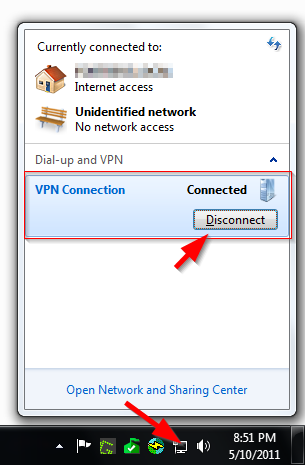- Cisco Vpn Client 5.0.07.0440 Windows 10
- Install Cisco Anyconnect
- Cisco Vpn Client Windows 10 Fix
- Cisco Vpn Client Windows 10 Download
AnyConnect Profiles
Alternate to Cisco Client VPN for Windows 10 Posted by Administrator If you are looking for an alternate software for Cisco Client VPN software, here is the step by step guide to set it up.This worked for me in Windows 10 Pro 64 bit edition computer. Users who just upgraded to Windows 10 from an earlier Windows version, will need to first uninstall their SonicWALL VPN Client & Cisco VPN client, then proceed with the instructions below. Download and install the SonicWALL Global VPN Client from Firewall.cx’s Cisco Tools & Applications section.
XML and profile files are stored locally to the users machine. The location varies based on OS.
Windows XP
%ALLUSERSPROFILE%Application DataCiscoCisco AnyConnect Secure Mobility ClientProfile
Windows Vista
%ProgramData%CiscoCisco AnyConnect Secure Mobility ClientProfile
Windows 7
%ProgramData%CiscoCisco AnyConnect Secure Mobility ClientProfile
Windows 8
Cisco Vpn Client 5.0.07.0440 Windows 10

%ProgramData%CiscoCisco AnyConnect Secure Mobility ClientProfile

Windows 10
%ProgramData%CiscoCisco AnyConnect Secure Mobility ClientProfile
Mac OS X
/opt/cisco/anyconnect/profile
Linux
/opt/cisco/anyconnect/profile

Source: Where are the AnyConnect Profiles located?by cocheno.com
Overview
Stanford's VPN allows you to connect to Stanford's network as if you were on campus, making access to restricted services possible. To connect to the VPN from your Windows computer you need to install the Cisco AnyConnect VPN client.
Two types of VPN are available:
Install Cisco Anyconnect
- Default Stanford (split-tunnel). When using Stanford's VPN from home, we generally recommend using the Default Stanford split-tunnel VPN. This routes and encrypts all traffic going to Stanford sites and systems through the Stanford network as if you were on campus. All non-Stanford traffic proceeds to its destination directly.
- Full Traffic (non-split-tunnel). This encrypts all internet traffic from your computer but may inadvertently block you from using resources on your local network, such as a networked printer at home. If you are traveling or using wi-fi in an untrusted location like a coffee shop or hotel, you may wish to encrypt all of your internet traffic through the Full Traffic non-split-tunnel VPN to provide an additional layer of security.
You can select the type of VPN you want to use each time you connect to the Stanford Public VPN.
Cisco Vpn Client Windows 10 Fix

Install the VPN client
Cisco Vpn Client Windows 10 Download
- Download the Cisco AnyConnect VPN for Windows installer.
- Double-click the InstallAnyConnect.exe file.
- When a message saying the Cisco AnyConnect client has been installed, click OK.
Connect to the Stanford VPN
- Launch the Cisco AnyConnect Secure Mobility Client client.
If you don't see Cisco AnyConnect Secure Mobility Client in the list of programs, navigate to Cisco > Cisco AnyConnect Secure Mobility Client. - When prompted for a VPN, enter su-vpn.stanford.edu and then click Connect.
- Enter the following information and then click OK:
- Group: select Default Stanford split- tunnel (non-Stanford traffic flows normally on an unencrypted internet connection) or Full Traffic non-split-tunnel (all internet traffic flows through the VPN connection)
- Username: your SUNet ID
- Password: your SUNet ID password
- Next, the prompt for two-step authentication displays. Enter a passcode or enter the number that corresponds to another option(in this example, enter 1 to authenticate using Duo Push to an iPad). Then click Continue.
- You may have to scroll down the list to see all of your options.
- If your only registered authentication method is printed list, hardware token, or Google Authenticator, the menu does not display. Enter a passcode in the Answer field and click Continue.
- Click Accept to connect to the Stanford Public VPN service.
- Once the VPN connection is established, a message displays in the lower-right corner of your screen, informing you that you are now connected to the VPN.
Disconnect from the Stanford VPN
- In the notification area, click the Cisco AnyConnect icon if it is displayed. Otherwise, go to your list of programs and click Cisco AnyConnect Secure Mobility Client.
- At the prompt, click Disconnect.
